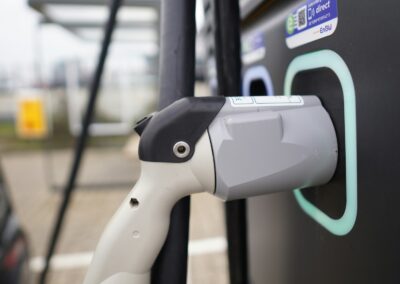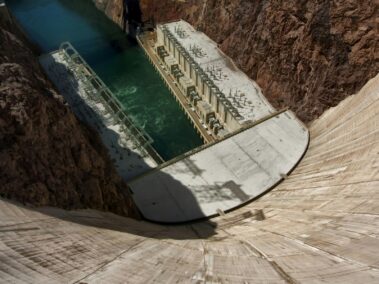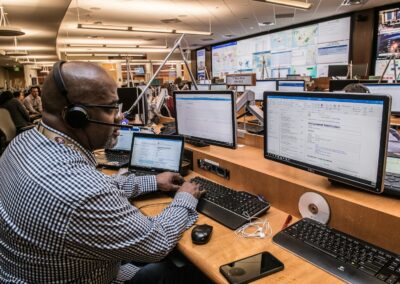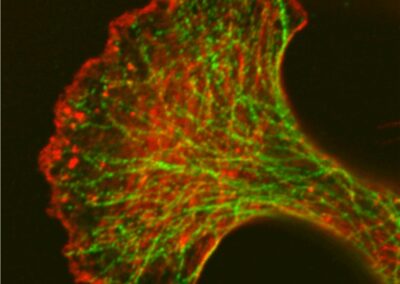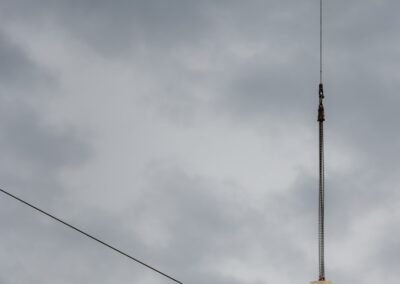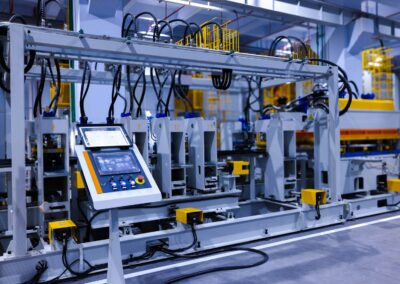Leveraging Digital Twins for a Stable and Reliable Power Grid
Understanding the Impact of Digital Twins on Grid Stability
The role of digital twins in enhancing grid stability and reducing the risk of outages and disruptions is becoming increasingly vital in today’s energy sector. Digital twins are virtual replicas of physical systems that use real-time data to simulate, predict, and optimize performance. In the context of power grids, digital twins can provide significant benefits, including improved stability, predictive maintenance, and efficient energy management.
In regions such as Saudi Arabia and the UAE, where energy demand is high and the reliability of power supply is critical, digital twins offer a strategic solution. Cities like Riyadh and Dubai are at the forefront of adopting smart grid technologies to ensure a stable and reliable power supply. Digital twins enable grid operators to monitor and analyze the performance of power grids in real-time, allowing for proactive management and swift response to potential issues.
By simulating various scenarios and stress-testing the grid, digital twins can help identify vulnerabilities and optimize grid performance. This proactive approach not only enhances grid stability but also reduces the likelihood of outages and disruptions, ensuring a continuous and reliable power supply for consumers and businesses alike.
Enhancing Predictive Maintenance and Operational Efficiency
One of the primary advantages of digital twins in the energy sector is their ability to enhance predictive maintenance. Digital twins can analyze data from sensors embedded in grid infrastructure to predict potential failures and schedule maintenance activities proactively. This approach minimizes unplanned outages, extends the lifespan of grid components, and reduces maintenance costs.
In Dubai, for example, the implementation of digital twins in the smart grid has significantly improved predictive maintenance capabilities. By continuously monitoring the condition of transformers, substations, and other critical components, grid operators can identify issues before they escalate into major problems. This proactive maintenance strategy ensures the reliability and efficiency of the power grid, reducing the risk of outages.
Operational efficiency is another critical benefit of digital twins. By providing real-time insights into grid performance, digital twins enable operators to optimize energy distribution and balance supply and demand effectively. In Riyadh, smart grid initiatives incorporating digital twins have improved load forecasting and demand response, ensuring efficient energy management.
Moreover, digital twins facilitate the integration of renewable energy sources into the grid. By simulating the impact of solar and wind power generation on grid stability, digital twins help optimize the use of these renewable resources. This integration supports the region’s sustainability goals and reduces reliance on fossil fuels, contributing to a cleaner and more resilient energy system.
Driving Energy Management and Sustainability
Energy management is a critical concern for grid operators, particularly in regions with high energy consumption. Digital twins play a crucial role in driving efficient energy management by optimizing grid operations and reducing energy waste. By analyzing real-time data and simulating various scenarios, digital twins can identify the most efficient strategies for energy distribution and consumption.
In Saudi Arabia, where energy efficiency is a national priority, digital twins can significantly contribute to energy savings. By optimizing grid operations based on real-time data and predictive analytics, digital twins help reduce energy consumption and lower utility costs. This not only benefits consumers financially but also supports national sustainability goals by reducing greenhouse gas emissions.
Furthermore, digital twins enable the implementation of smart grid technologies that enhance grid resilience and adaptability. In the UAE, smart grid projects leveraging digital twins are improving grid flexibility and enabling better management of energy resources. This adaptability is particularly important in the context of increasing renewable energy integration and evolving energy demands.
Digital twins also support the development of microgrids, which are small-scale, localized energy systems that can operate independently or in conjunction with the main grid. By simulating the operation of microgrids and their interaction with the larger grid, digital twins help optimize their performance and ensure reliable energy supply. This capability is crucial for enhancing energy security and resilience in remote or underserved areas.
Implementing Digital Twins in Grid Infrastructure
The successful implementation of digital twins in grid infrastructure requires a strategic approach that addresses several key factors. These include the integration of IoT sensors, the development of data analytics capabilities, and the adoption of cloud-based platforms for data storage and analysis.
In Riyadh, government initiatives are promoting the adoption of digital twins and smart grid technologies. These initiatives provide guidelines and support for grid operators to implement digital twins effectively. By fostering collaboration between technology providers, utilities, and regulatory bodies, Riyadh aims to create a conducive environment for the widespread adoption of digital twins.
In Dubai, similar efforts are underway to enhance grid performance through digital twins. The focus is on creating a robust infrastructure for data collection and analysis, ensuring that digital twins can provide accurate and actionable insights. This involves investing in advanced IoT sensors, data analytics tools, and cloud computing platforms.
Education and training programs are also essential for equipping energy professionals with the skills needed to leverage digital twins effectively. These programs should cover both technical aspects and practical applications, ensuring that professionals can implement and manage digital twins in their projects. In Saudi Arabia, partnerships between academic institutions and industry players are facilitating the development of specialized training programs for digital twin technology.
Conclusion: Embracing the Future of Smart Grids
In conclusion, the role of digital twins in enhancing grid stability and reducing outages is transformative for the energy sector. By enhancing predictive maintenance, enabling real-time performance monitoring, and driving energy management, digital twins offer significant advantages for grid operators and consumers. In regions like Saudi Arabia and the UAE, where energy reliability and efficiency are paramount, digital twins are becoming an indispensable tool for modern grid management.
The successful implementation of digital twins requires a strategic approach that includes the integration of IoT sensors, data analytics capabilities, and cloud-based platforms. By investing in these technologies and fostering collaboration between stakeholders, cities like Riyadh and Dubai are paving the way for smarter, more resilient power grids. As the energy sector continues to evolve, digital twins will play a crucial role in shaping the future of smart grids and sustainable energy solutions.
—
#DigitalTwins #GridStability #SmartGridTechnology #EnergyManagement #SustainableEnergy #SaudiArabia #UAE #Riyadh #Dubai #AIinEnergySector #ModernEnergySolutions



